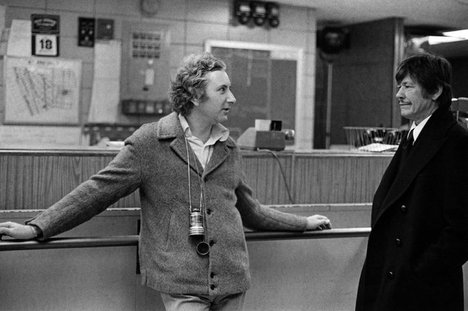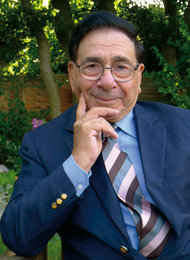Darwin and others have worried about whether an eye could have evolved gradually. The issue is whether the earlier gradations leading up to the eye would have given any survival advantage. Matt Ridley’s column, quoted below, argues that Darwin need not have worried.
(p. C4) Davide Pisani and colleagues from the National University of Ireland have traced the ancestry of the three kinds of “opsin” protein that animals use, in combination with a pigment, to detect light.
. . .
. . . , the anatomy of eyes shows every gradation between simple light-sensitive spots and full cameras. The detailed genetic evidence of descent with modification from a single common ancestor further vindicates Darwin and has largely silenced the Intelligent Design movement’s use of the eye as a favored redoubt.
After the duplications that led to working opsin molecules, there seems to have been a long pause before complex eyes appeared.
The first lensed eyes that fossilized belonged to the trilobites which dominated the Cambrian oceans after 525 million years ago.
For the full commentary, see:
MATT RIDLEY. “MIND & MATTER; A Relief to Darwin: The Eyes Have It.” The New York Times (Tues., November 3, 2012): C4.
(Note: ellipses added.)
(Note: the online version of the commentary has the November 2, 2012.)





